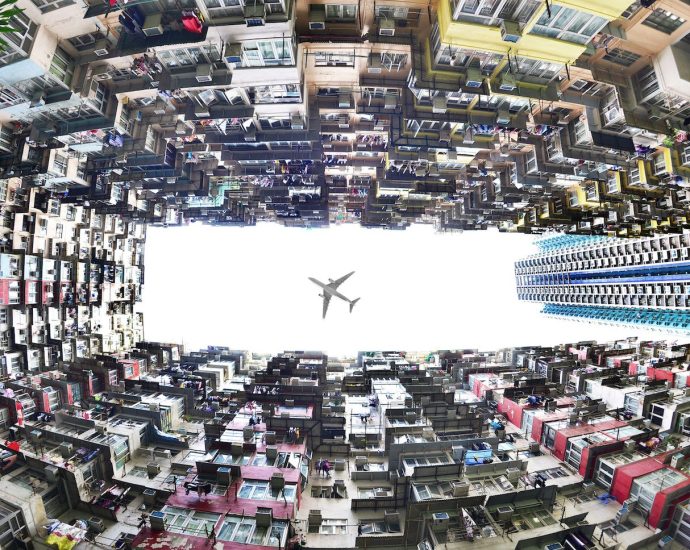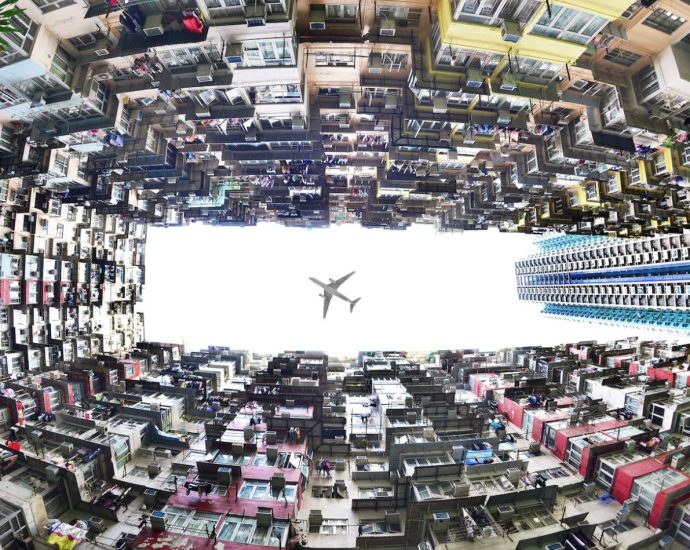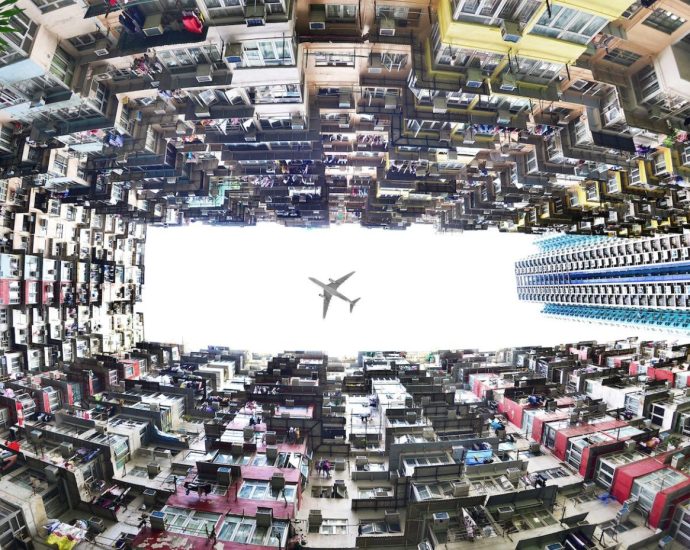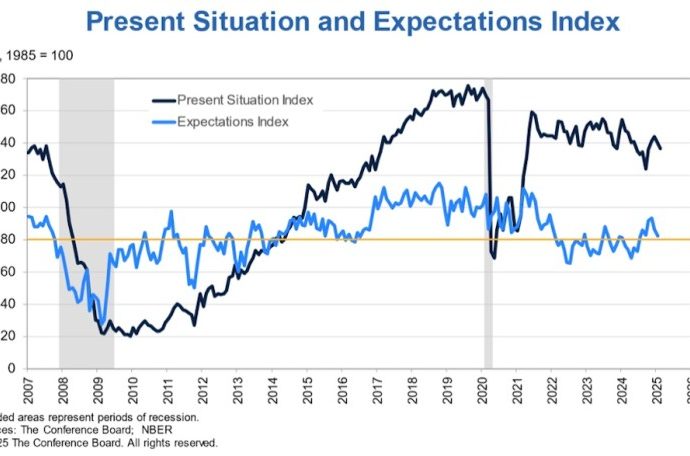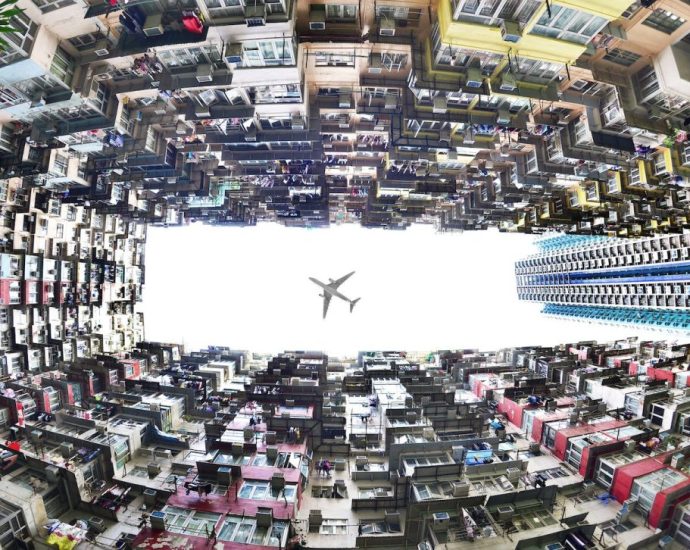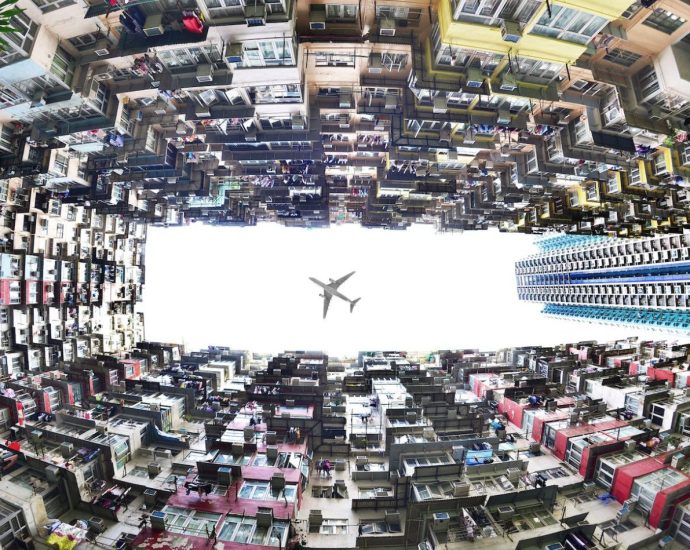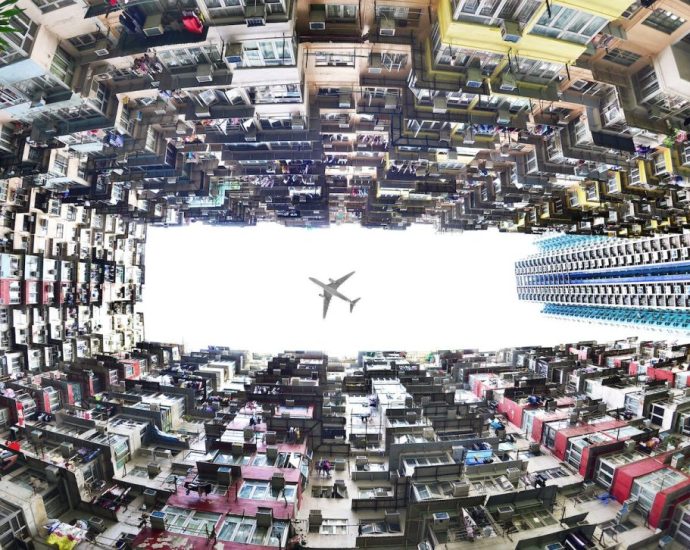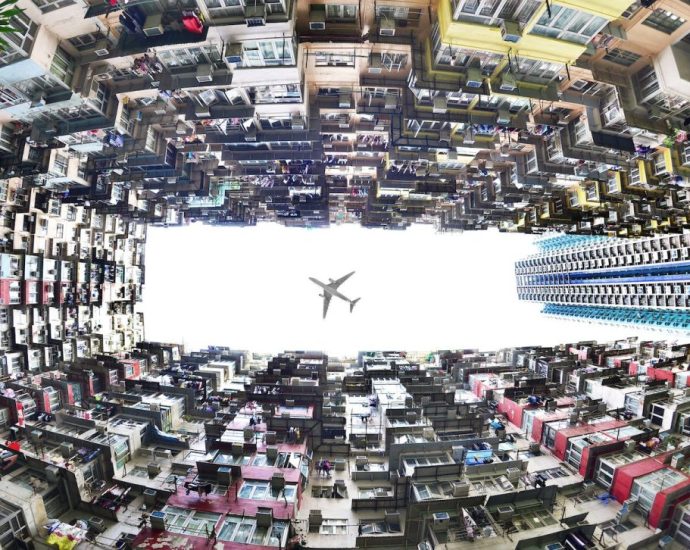New US missile aims to pierce China’s rising air power – Asia Times
The US Air Force’s newly unveiled AIM-260A Joint Advanced Tactical Missile (JATM) promises to reshape aerial warfare with its extended range, advanced guidance and stealth compatibility—just as China’s airpower developments escalate the fight for air superiority.
Last month, The War Zone reported that the US Air Force had confirmed the authenticity of the recently released AIM-260A JATM’s rendering.
With a more extended range yet a similar size to the AIM-120 AMRAAM, this missile is poised to replace the latter in US military service. Included in a US Navy industry day briefing, the JATM remains highly classified, with technical and programmatic details withheld.
However, it is believed to feature advanced propulsion systems, multi-mode guidance technologies and the capability to receive guidance from various sources such as ground radar and satellites.
While publicly available information about the AIM-260A’s range is scant, Naval News mentions that the most recent AIM-120D-3 variant was nearing the threshold range of the AIM-260A at 190 kilometers, but the latter missile likely exceeds that range.
The rendering reveals a sleek design optimized for high speed and low drag. It features a notably longer rocket motor than the AIM-120, suggesting significantly enhanced range and speed capabilities.
The AIM-260A is anticipated to be fitted in stealth fighters like the F-22 and F-35, as well as future stealthy drones under the Collaborative Combat Aircraft (CCA) program. This development reflects the US military’s response to longer-range threats, particularly from Chinese missiles.
Despite active testing, the exact timeline for the AIM-260A’s fielding remains unclear, and there has been no public confirmation of its operational status yet. The JATM’s advanced propulsion and potentially multi-mode seeker technology highlight significant advancements in US air-to-air combat capabilities.
This development follows the relatively recent unveiling of advanced Chinese air-to-air missiles. The People’s Liberation Army-Air Force (PLAAF) has unveiled its J-16 fighters equipped with the PL-17 missile, a long-range beyond visual range (BVR) weapon designed to neutralize high-value aerial targets, such as airborne warning and control system (AWACS) and tankers.
The PL-17, significantly larger than its predecessor, the PL-15, features a dual-pulse rocket motor, thrust-vectoring controls, and speeds exceeding Mach 4. Its guidance system integrates an active electronically scanned array (AESA) radar and a two-way datalink, enhancing resistance to electronic countermeasures.
Additionally, China is developing hypersonic air-to-air missiles to counter US stealth bombers, such as the B-21 Raider. These weapons, reportedly capable of reaching Mach 9, leverage solid-fuel pulse engines and extreme heat resistance, allowing unpredictable flight paths.
China’s missile strategy aligns with its broader anti-access/area-denial (A2/AD) doctrine, aiming to push US and allied forces farther from its coastline.
The BVR revolution in fighter combat has shifted engagements from close-range dogfights to long-range, sensor-driven confrontations, with fighters using stealth, electronic warfare (EW), and active electronically scanned array (AESA) radar to detect and engage adversaries from standoff distances, often before detection, says Samuel Leiter in a March 2023 Massachusetts Institute of Technology (MIT) paper.
Leiter mentions that this shift reduces attrition and maintains an advantage, emphasizing the critical need for enhanced capabilities in modern aerial warfare.
He points out that simulations show that US and Japanese forces with superior aircraft like the F-22 and F-35 consistently perform those of China in engagements despite numerical disadvantages.
However, China may already have countermeasures for the AIM-260A and similar missiles. In June 2024, Asian Military Review mentions that China’s People’s Liberation Army Air Force (PLAAF) and PLA Naval Air Force (PLANAF) are deploying sophisticated EW platforms like the Y-9DZ and J-16D.
These platforms, equipped with advanced jamming pods and electronic support measures (ESM), are designed to disrupt enemy missile guidance systems and radar operations.
China’s innovation in EW aims to neutralize BVR threats and maintain air superiority in contested regions, reflecting a shift towards dominating the electronic spectrum to counter advanced missile technologies.
As to how US and Chinese stealth fighters compare, Brent Eastwood mentions in a 1945 article this month that while China’s J-20 features radar-evading features, advanced avionics, and long-range strike capabilities, its stealth is considered inferior to US fifth-generation jets such as the F-22 and F-35.
However, Abraham Abrams mentions in a November 2024 article for Aviation Geek Club that the J-20’s combat radius, nearly double that of the F-22 and F-35, allows for extended operational reach, crucial for Pacific theater engagements.
Abrams notes that the J-20’s advanced stealth design and high-thrust WS-15 engines enhance its speed, maneuverability and non-afterburner supersonic flight capabilities.
With its large internal fuel capacity and sophisticated avionics, Abrams says the J-20’s features provide superior endurance and operational flexibility.
Discussing how US F-22s and F-35s could be used in a conflict in the Taiwan Strait, Kris Osborne mentions in a September 2022 article for The National Interest (TNI) that the deployment of F-22 and F-35 fighter jets could be crucial in countering a Chinese amphibious assault on Taiwan, ensuring air superiority over the Taiwan Strait.
F-22s flying from Kadena Air Base in Japan, the F-35B’s vertical take-off and landing capabilities enabling operations from austere Pacific island airbases, and the F-35C’s carrier-launch versatility would significantly bolster US and allied air power.
Despite that technological advantage, US fighter readiness levels leave much to be desired. Last month, Air & Space Forces Magazine reported that in 2024, F-22 readiness levels fell from 52% to 40.19%, while that of the F-35A held steady at 51.4%.
The ratings of older fighters, such as the F-15E and D, increased to 33% from 55%, respectively, to 52.9% and 63.7% as the oldest, worst-performing aircraft were retired. The F-15EX fleet, with just eight aircraft, had an 83.13% rating.
Further, David Deptula mentions in a May 2024 Forbes article that the US Air Force faces a critical fighter aircraft gap, exacerbated by recent cuts to F-35 purchases, which undermines its ability to counter China’s growing military power in the Pacific.
In line with those cuts to F-35 purchases, the program was placed under US Department of Government Efficiency (DOGE) scrutiny as it faces serious questions over its USD 2 trillion price tag, upgrade delays, software issues, cybersecurity vulnerabilities, and maintenance and logistics problems.
Deptula points out that the US struggles to maintain air superiority with 55 fighter squadrons compared to 134 during Operation Desert Storm.
He stresses that China’s production of approximately 100 J-20 fighters annually, far exceeding the US F-22 fleet fixed at 187 units, further widens this gap, posing a significant threat to Taiwan.
Given those figures, General David Allvin mentioned in a February 2024 Air & Space Forces Magazine article that it would be cost-prohibitive for the US to build enough aircraft to maintain air superiority for days and weeks.
While Allvin says the US in the Pacific should not resign itself to operating in mutually denied airspace as seen in the Russo-Ukrainian War, he calls for further development of affordable, off-the-shelf, unmanned aircraft to bolster numbers.


